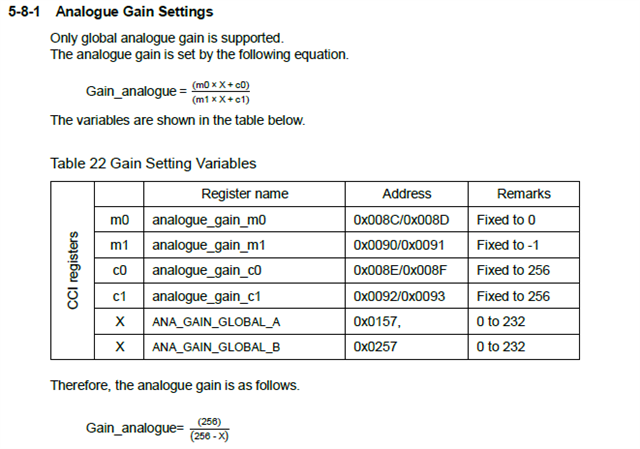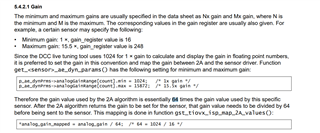Tool/software:
Hello,
We are using ar0235 onsemi sensor, in that we are able to successfully video stream. but we want to add support in isp of gsttiovxisp.c file that support our sensor.
In gsttiovxisp.c file "gst_tiovx_isp_map_2A_values" function has calculation of exposure_time_mapped and analog_gain_mapped based on existing supported sensor.
We want to add calculation of exposure and gain for auto exposure mode based on ar0235 sensor.
Path of file : ../aarch64-oe-linux/edgeai-gst-plugins/AUTOINC+92557180c3-r0_edgeai_0/git/ext/tiovx/gsttiovxisp.c
Can you please guide me or if any document available to how to we calculate exposure and gain for auto exposure mode in isp.
sensor support:
Resolution 1920x1200
exposure range : min=0 max=420000
analogue_gain : min=0 max=48
fps: 30 and 60
Thanks,
Jaimin





